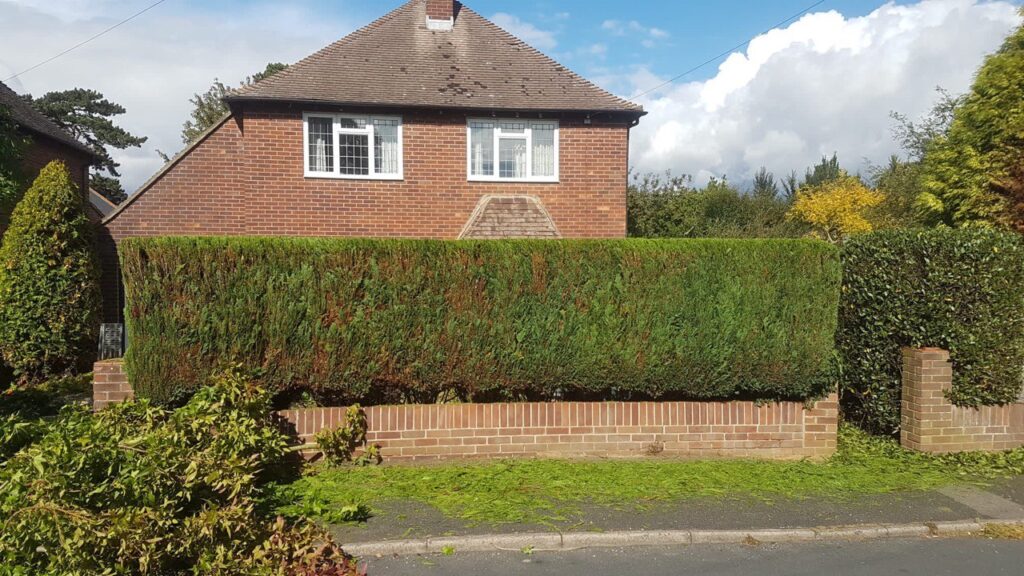Tree Crown Reduction: Choosing the Right Trees for the Job
Introduction: Tree crown reduction is a common arboricultural practice that reduces the overall size and volume of a tree’s crown while maintaining its natural shape and structural integrity. Whether to improve light penetration, mitigate risk, or enhance aesthetic appeal, selecting the right trees for crown reduction is crucial for achieving the desired outcomes. In this blog post, presented by Whitstable Driveways, we’ll explore key factors to consider when choosing trees for crown reduction and highlight suitable species.
1. Tree Species
Not all tree species are suitable candidates for crown reduction. Some trees, such as conifers, may respond poorly to crown reduction and not recover from extensive pruning. Choosing trees with a history of responding positively to crown reduction is essential, and they are known for their resilience and adaptability. Deciduous trees, such as oak, maple, and beech, are often preferred for crown reduction due to their ability to regrow vigorously following pruning.
2. Growth Habit
The growth habit of a tree can significantly influence its suitability for crown reduction. Trees with a naturally upright or columnar growth habit may be more challenging to prune effectively, as they tend to produce vigorous vertical shoots in response to pruning. Conversely, trees with a spreading or rounded growth habit are often more amenable to crown reduction, as their branching structure lends itself to shaping and thinning without compromising stability or aesthetics.
3. Size and Age
The size and age of a tree should also be considered when planning crown reduction. Younger trees with smaller crowns are generally more responsive to pruning and can be shaped more easily to achieve desired outcomes. Older, mature trees may require more gradual and conservative pruning to avoid stress and minimise the risk of structural failure. Additionally, large, established trees may have extensive root systems that could be compromised by aggressive pruning.
4. Health and Condition
A tree’s overall health and condition play a critical role in its ability to withstand crown reduction. Stressed, diseased, or weakened trees may not respond well to pruning and may be more susceptible to pests, diseases, and environmental stressors. It’s essential to assess a tree’s health and condition before undertaking crown reduction and address any underlying issues, such as nutrient deficiencies or pest infestations, to ensure successful outcomes.
5. Environmental Factors
Environmental factors, such as soil type, moisture levels, and climate, can also impact trees’ suitability for crown reduction. Trees well-adapted to local environmental conditions are more likely to thrive following pruning and are better equipped to withstand potential stressors. Choosing tree species that are compatible with the site-specific environmental conditions and can thrive in the long term is essential.
Suitable Tree Species for Crown Reduction
While the suitability of tree species for crown reduction may vary depending on specific circumstances, several species are commonly selected for their resilience and adaptability to pruning. These include:
- Oak (Quercus spp.)
- Maple (Acer spp.)
- Beech (Fagus spp.)
- Hornbeam (Carpinus spp.)
- Sweetgum (Liquidambar styraciflua)
- London Plane (Platanus x acerifolia)
- Hawthorn (Crataegus spp.)
Conclusion: Choosing the right trees for crown reduction is essential for achieving desired outcomes and ensuring the tree’s long-term health and vitality. By considering factors such as species suitability, growth habit, size and age, health and condition, and environmental factors, property owners and arborists can make informed decisions when selecting trees for crown reduction.
Call us on: 0115 647 3811
Click here to find out more about Long Eaton Tree Surgeons
Click here to complete our contact form and see how we can help with your tree’s needs.

